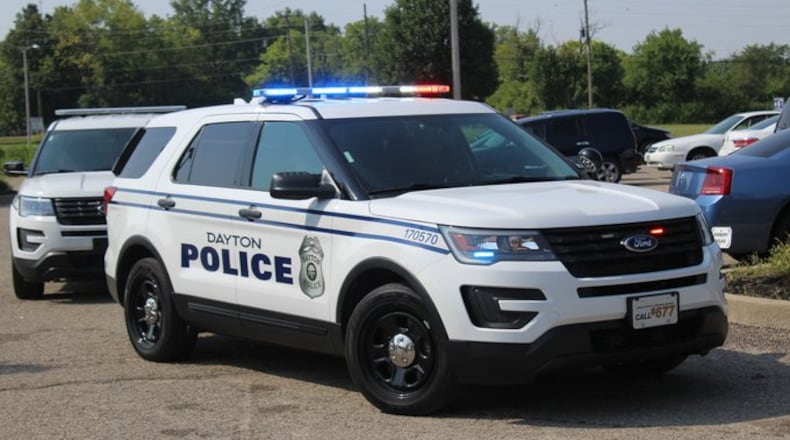The in-cruiser cameras can scan license plates then issue alerts if the vehicles have been reported stolen, were connected to other crimes or their registered owners are wanted on felony or domestic violence warrants, police said.
The technology being activated in Dayton Police cruisers are generally known as Automated License Plate Readers (ALPRs). The technology is already built into the existing in-car cameras.
ALPRs capture all license plate numbers that come into view, along with the location, date, and time.
Law enforcement agencies can program a “hotlist” of license plates that the ALPR system is actively looking for, such as stolen vehicles and vehicles associated with outstanding warrants.
Similarly, a “whitelist” can be programs to alert officers of cars that are allowed to be in certain approved locations.
The data does not include the driver’s name. Officers, however, can use other databases to connect names with the license plate numbers.
When attached to police patrol vehicles, the cameras can be turned on and off any time. Data can be collected at any time while the officers drive around the city.
Not only do ALPRs capture images of passing vehicles, they are effective at capturing license plates of parked cars. A patrol car may drive around a public parking lot capturing hundreds of vehicles’ plates very quickly.
The captured information, which included photographs of the vehicle, and in some instances, its driver and passengers, is then uploaded to a computer server.
Dayton police Major Paul Saunders said the police will not share its data with federal immigration authorities or outside agencies.


